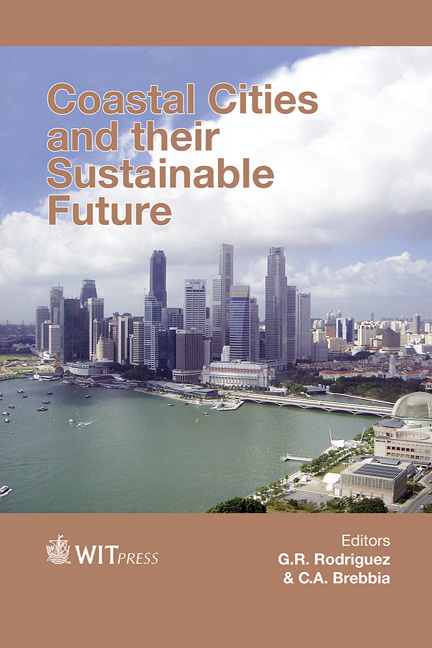Growing Fruit Trees, Medicinal Plants And Spices In The State Of Goa, India
Price
Free (open access)
Transaction
Volume
148
Pages
11
Page Range
223 - 233
Published
2015
Size
1,581 kb
Paper DOI
10.2495/CC150191
Copyright
WIT Press
Author(s)
I. M. Madaleno
Abstract
Fruit trees, spices and medicinal plant species are essential components of the home gardens in India. Traditional medicinal knowledge, in particular Ayurvedic medicine, are frequently adopted by urban gardeners and urban residents, in general. This contribution explores the multiple functions of urban agriculture in the Indian state of Goa. The research hypothesis is that the adoption of organic agriculture by the urban households contributes for environmental sustainability and increases the resilience of tropical humid coastal cities, to climate change. The main objective is to report on the role of the ethno-medicines and food gardened in the front- and backyards of coastal cities and touristic agglomerations. This paper uses a comparative method that puts localism at the service of Abstraction. Time and space are both part of the analysis, because the urban settlements of Goa, and several Malabar Coast Indian places, were colonised by Portugal (1510–1961). Archival research permits us to cross-examine plant consumption through times, and previous investigation conducted in Kochi allows comparisons within India. Results show that Indian urban farming systems are adapted to ancient cultural and religious beliefs that European presence did not change completely. Traditional medicinal knowledge is an essential alternative for low-income urban households and is an integrative part of Indian culture, for healing is a holistic practise in India. The persistent cultivation of kitchen gardens, associated to the option for less dense urban tissues than elsewhere in India, permitted the survival of several low-lying coastal settlements of Goa to the monsoon floods.
Keywords
sustainable cities, coastal agglomerations, ethno-medicines





